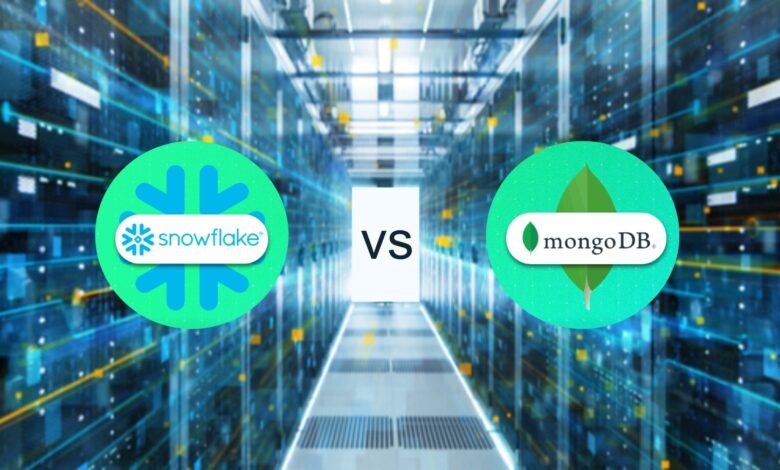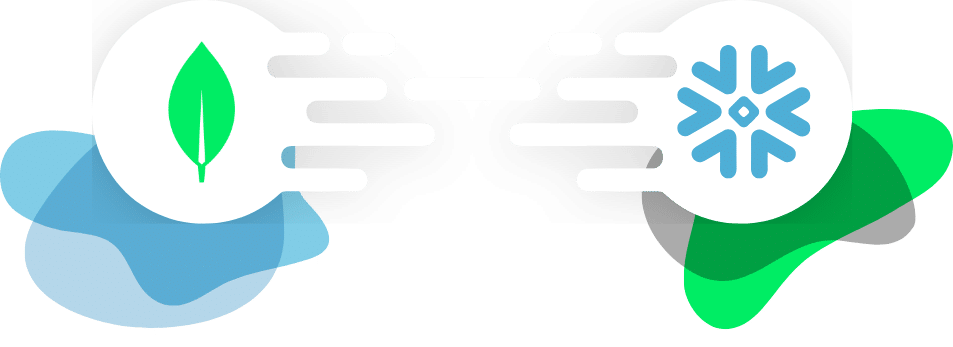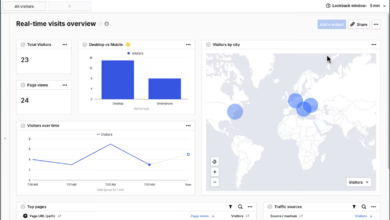
The data storage and processing world has undergone a dramatic transformation, with innovative technologies like MongoDB and Snowflake challenging traditional relational databases. These two platforms cater to distinct data management needs, making the choice between them—or even integrating them, such as in a MongoDB to Snowflake pipeline—a critical decision for organizations seeking to unlock the full potential of their data.
In this guide, we’ll delve into the unique strengths and capabilities of MongoDB and Snowflake, helping you understand when to choose one over the other or how to leverage both in a complementary fashion, including insights into MongoDB to Snowflake integration strategies. Whether you’re dealing with structured, semi-structured, or unstructured data, real-time applications, or massive analytical workloads, this comparison will equip you with the knowledge to decide which platform best aligns with your specific requirements.

MongoDB: The NoSQL Powerhouse
MongoDB is a leading NoSQL (Non-relational) database that embraces a flexible, document-oriented data model. Unlike traditional RDBMS, which rely on rigid, tabular structures, MongoDB stores data in JSON-like documents with dynamic schemas. This approach excels in handling semi-structured and unstructured data, making it a natural fit for applications that deal with varying data formats, such as mobile apps, content management systems, and IoT devices.
Key Features of MongoDB:
- Schema Flexibility: MongoDB’s dynamic schema allows for seamless evolution of data structures without downtime or complex migrations, enabling agile development and rapid iteration.
- Horizontal Scalability: MongoDB’s sharding capabilities enable horizontal scaling across multiple servers, making it suitable for handling large volumes of data and high-throughput workloads.
- Rich Query Language: MongoDB’s query language supports a wide range of operations, including ad-hoc queries, text search, geospatial queries, and aggregation pipelines.
- Replication and High Availability: MongoDB’s built-in replication and automatic failover mechanisms ensure data redundancy and high availability, minimizing downtime.
Snowflake: The Cloud Data Warehouse Powerhouse
Snowflake is a cloud-based data warehousing solution that combines the power of traditional RDBMS with the flexibility and scalability of cloud computing. It operates on a unique architecture that separates compute resources from storage, enabling seamless scaling and cost optimization.

Key Features of Snowflake:
- Separation of Compute and Storage: Snowflake’s innovative architecture separates compute and storage resources, allowing them to scale independently and enabling efficient resource utilization.
- Virtually Unlimited Scaling: Snowflake leverages the elastic nature of cloud computing, enabling virtually unlimited scaling of both compute and storage resources to handle even the most demanding data workloads.
- SQL-Compliant: Snowflake supports ANSI SQL, making it familiar to developers and data professionals already versed in SQL, and enabling seamless integration with existing tools and applications.
- Advanced Analytics: Snowflake offers built-in support for advanced analytics, including machine learning, data sharing, and secure data sharing across multiple accounts and regions.
Choosing the Right Tool: MongoDB or Snowflake?
The choice between MongoDB and Snowflake ultimately depends on your specific data management needs and requirements. Here are some key considerations:
MongoDB Shines When:
– You deal with semi-structured or unstructured data that doesn’t fit neatly into a tabular format.
– You require flexible data models that can evolve rapidly without downtime or complex migrations.
– You need horizontal scalability to handle large volumes of data and high-throughput workloads.
– You prioritize agile development and rapid iteration over rigid data structures.
Snowflake Excels When:
– You require a robust, SQL-compliant data warehousing solution for structured data analysis.
– You need virtually unlimited scaling capabilities to handle massive data volumes and complex analytical workloads.
– You require scalability – Snowflake offers elastic scalability, allowing you to handle large volumes of data including semi-structured data such as XML and JSON without worrying about infrastructure limitations. As your data grows, the cloud can scale to accommodate more storage and processing power
– You value advanced analytics capabilities, such as machine learning and secure data sharing.
– You prefer a cloud-based solution with seamless scalability and cost optimization.

Should You Move Your Data From MongoDB to Snowflake?
It’s worth noting that MongoDB and Snowflake are not mutually exclusive; many organizations employ a polyglot persistence strategy, leveraging the strengths of both technologies to meet their diverse data management needs. It’s becoming increasingly common to use MongoDB as an operational data store and then integrate it with Snowflake for analytical workloads, a process known as “MongoDB to Snowflake” data pipelining. Similarly, SQL Server to Snowflake integration integrating SQL Server with Snowflake can provide a powerful combination for operational and analytical needs.
This approach allows organizations to benefit from MongoDB’s flexible data model and scalability for handling semi-structured and unstructured data in real-time applications, while also leveraging Snowflake’s powerful analytical capabilities and virtually unlimited scaling for data warehousing and business intelligence.
The MongoDB to Snowflake integration typically involves extracting data from MongoDB, transforming it into a format suitable for Snowflake, and then loading it into Snowflake’s data warehouse. This process can be automated using various data integration tools and technologies, such as Estuary, Apache Kafka, Apache Spark, or cloud-based data pipelines like AWS Glue or Azure Data Factory.
By combining MongoDB and Snowflake, organizations can unlock new insights and drive better decision-making by combining operational data from MongoDB with historical and analytical data in Snowflake. This approach also enables advanced use cases like real-time analytics, machine learning, and predictive modeling by leveraging the strengths of both technologies.
However, it’s crucial to carefully plan and implement MongoDB to Snowflake integration, considering factors such as data volume, latency requirements, data governance, and security. Organizations may need to address challenges like schema evolution, data lineage, and performance optimization to ensure a seamless and efficient data pipeline.
Conclusion
In the ever-evolving data landscape, the choice between MongoDB and Snowflake, or the decision to combine them through a polyglot persistence strategy, will depend on your specific requirements, data characteristics, and the expertise of your development and data teams. By carefully evaluating your needs and understanding the strengths and limitations of each technology, you can make an informed decision that positions your organization for success in the age of big data.
Balla



